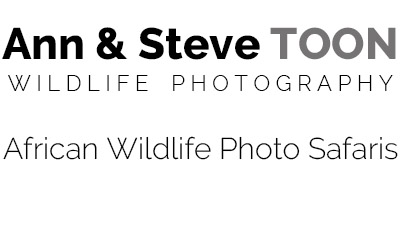The rolling hills and high plains of Laikipia, north west of Mount Kenya, are gaining renown as one of the very best Kenyan safari destinations, with abundant wildlife, beautiful scenery and fascinating conservation stories. Samburu is top of many wildlife photographers’ list of favourite Kenyan reserves, attracting large herds of elephants and home to the ‘special five’: gerenuk, Grevy’s zebra, Beisa oryx, reticulated giraffe and Somali ostrich. Lions and leopard are regular sightings and there’s a decent chance of cheetah and even African wild dog.
This is a safari for the Kenyan connoisseur, a chance to escape the crowds of the better known Masai Mara, to spot rare and unusual species, and enjoy a real sense of arid wilderness. We’ll start with three days in Laikipia, staying on Ol Pejeta conservancy. Ol Pejeta is very special to us, it’s where we reported conservation efforts to save the Northern white rhino from extinction. Today the world’s last two Northern white rhinos live in a large enclosure under armed guard, with scientists utilising the latest assisted reproduction technology to try to preserve a bloodline for the sub-species. The reserve itself is a fascinating conservation success story, where local people herd livestock alongside major predators. White rhino are easily spotted (you’ll probably see them drinking at the camp waterhole) and the more elusive black rhino is regularly seen. There’s also a sanctuary for rescued chimpanzees. Visits to the Northern white rhino and the chimp sanctuary can be arranged at extra cost for anyone interested.
We’ll spend a full week on Samburu, exploring the palm and acacia woodland along the banks of the Ewaso Nyiro river, where numerous species gather to drink, feed and seek shade. There are around 900 elephants in the area, and individuals often wander through the camp where we’ll be staying, appropriately called Elephant Bedroom. We’ll have no shortage of other photogenic subjects, from the pin-striped Grevy’s Zebra to the polygon-patterned reticulated giraffe. Long-necked gerenuk antelope balance on their hind legs to reach foliage out of reach to their relatives, striking vulturine guineafowl forage in the leaf litter, and out on the plains the distinctive blue-necked Somali ostrich strut their stuff. Birds of prey, from the tiny pygmy falcon, to the majestic martial eagle, are conspicuous. A number of lion prides hunt in the areas around the river, using the forest for cover, and leopards are resident. Cheetah and wild dog are more nomadic, but if they pass through can usually be located.
We’ll be using customised photo vehicles driven by James and Mamai, our expert Kenyan guides who specialise in working with photographers and know the areas well. With only three photographers in each Landcruiser you’re guaranteed access to both sides, and can also shoot out of the open roof if you wish. We’ve chosen accommodation in prime locations, offering immediate access to photography, so no time wasted travelling back and forth. We’ll be using road transfers, so you’ll not have to worry about restrictive baggage allowances on internal flights. As with all our trips, there will be a maximum of six guests, ensuring you’ve all the personal attention, help and advice from ourselves that you may need, whatever your level of expertise.






